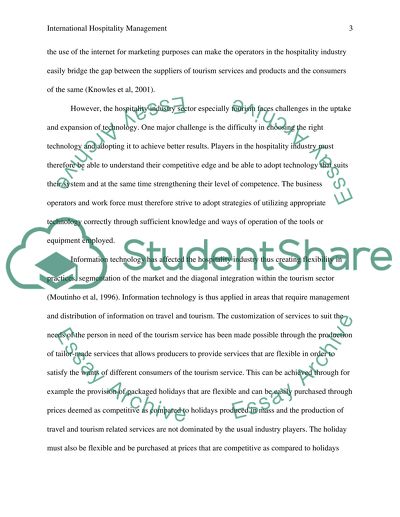Cite this document
(“International Hospitality Management Research Paper”, n.d.)
International Hospitality Management Research Paper. Retrieved from https://studentshare.org/tourism/1476106-international-hospitality-management
International Hospitality Management Research Paper. Retrieved from https://studentshare.org/tourism/1476106-international-hospitality-management
(International Hospitality Management Research Paper)
International Hospitality Management Research Paper. https://studentshare.org/tourism/1476106-international-hospitality-management.
International Hospitality Management Research Paper. https://studentshare.org/tourism/1476106-international-hospitality-management.
“International Hospitality Management Research Paper”, n.d. https://studentshare.org/tourism/1476106-international-hospitality-management.


